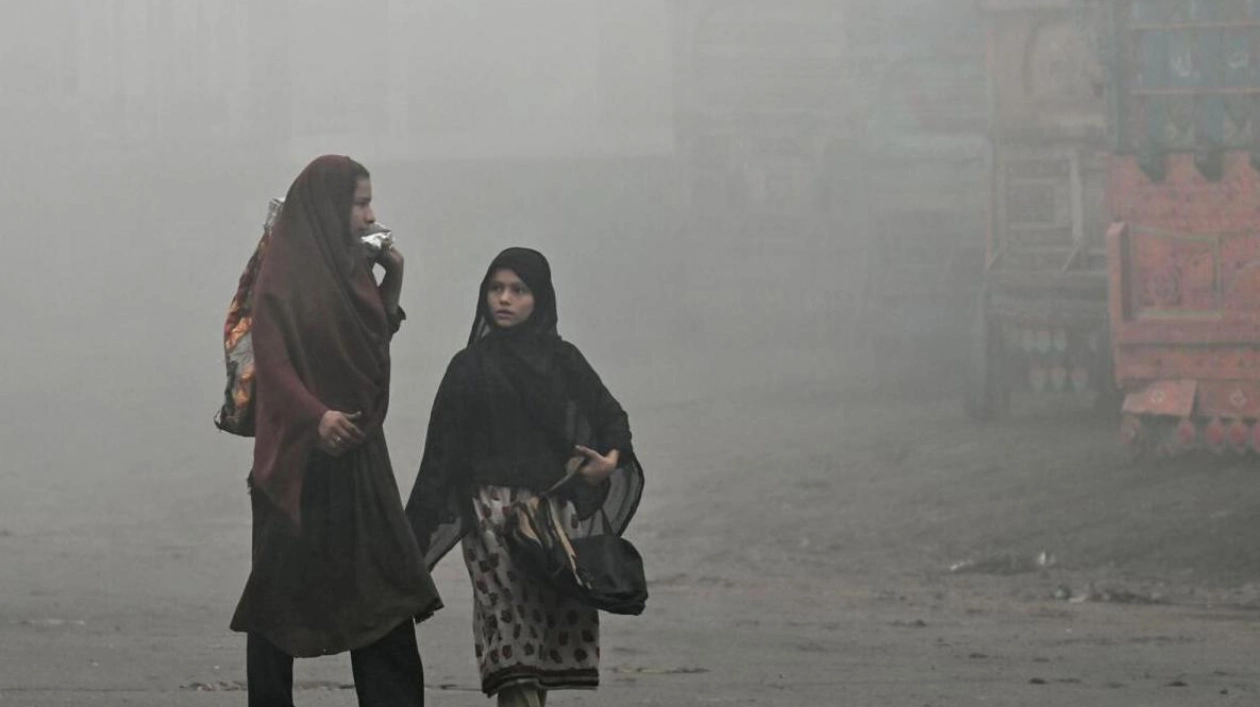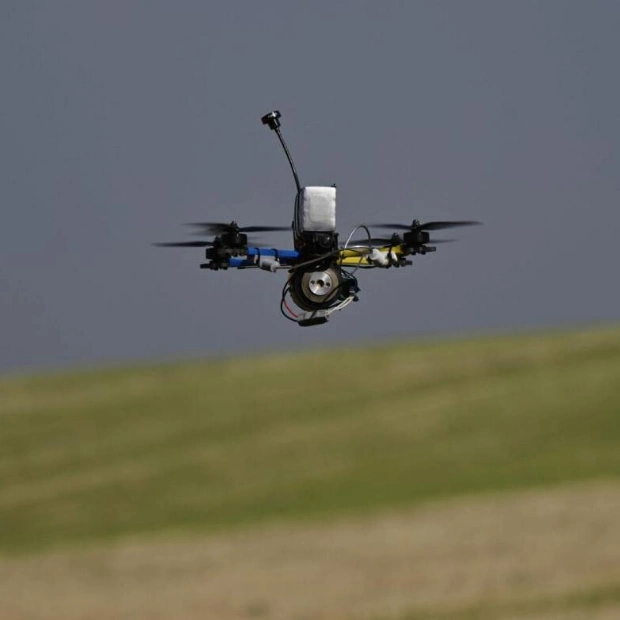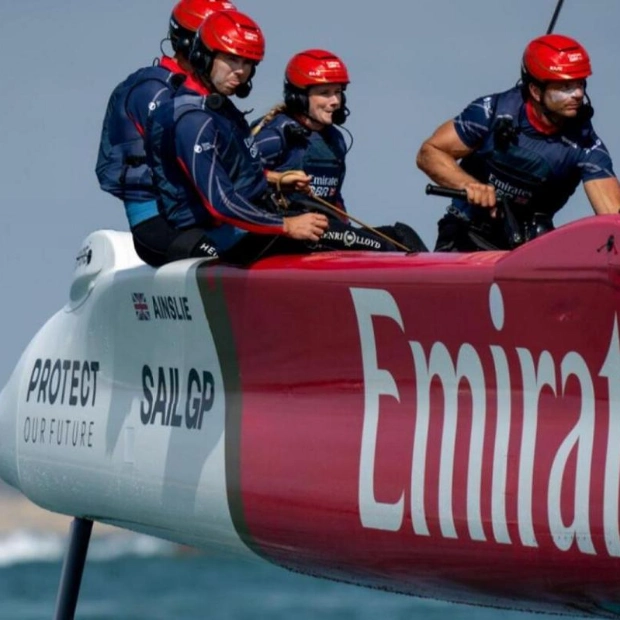Pedestrians navigate a road shrouded in dense smog in Lahore on November 11, 2024. Lahore, a city of 14 million inhabitants, densely packed with factories near the Indian border, consistently ranks among the world's most polluted cities, but this month has seen unprecedented levels of pollution.
In the streets of Pakistan's second-largest city, smog causes eye irritation and throat discomfort. Within homes, few can afford air purifiers to mitigate the harm from toxic particles that infiltrate through doors and windows. Lahore, home to 14 million people and numerous factories near the Indian border, frequently tops global pollution rankings, but this month has reached alarming new heights.
Schools in Punjab's major cities, including Lahore, the provincial capital, have been closed until November 17 to reduce children's exposure to pollution, particularly during morning commutes when it is often at its peak. 'The children are constantly coughing, they have persistent allergies. In schools, we noticed most children were falling ill,' said Rafia Iqbal, a 38-year-old primary school teacher in the city bordering India. Her husband, Muhammad Safdar, a 41-year-old advertising professional, described the pollution as 'making daily life unbearable.' 'We cannot move around, we cannot go outside, we can do nothing at all,' he told AFP.
According to the international Air Quality Index Scale, a value of 300 or higher is considered 'hazardous' to health, and Pakistan has frequently exceeded 1,000 on this scale. In Multan, a city several million people and 350 kilometers away, the AQI level surpassed 2,000 last week—an unprecedented level that left residents in disbelief.
Access to parks, zoos, playgrounds, historic sites, museums, and recreational areas has been restricted until November 17. Tuk-tuks with polluting two-stroke engines and restaurants operating barbecues without filters have been banned in Lahore's 'hot-spots.' Air purifiers remain a luxury for most families, with the cheapest models costing around $90, plus the additional expense of replacing filters every few months due to extreme pollution. Safdar and Iqbal cannot afford air purifiers and instead confine their children to one room.
'Preventive measures should have been taken. It's an annual occurrence,' Safdar said of the government's response. 'Clearly, there is something lacking in their solution.' A combination of low-quality fuel emissions from factories and vehicles, exacerbated by agricultural residue burning, blankets the city each winter, trapped by cooler temperatures and stagnant winds. The WHO warns that air pollution can lead to strokes, heart disease, lung cancer, and other respiratory ailments, particularly affecting children, infants, and the elderly.
Last year, the Punjab government experimented with artificial rain to combat smog, and this year, trucks with water cannons sprayed the streets—to no avail. Special smog counters have been set up at clinics across the province, with 900 people admitted to Lahore hospitals alone on Tuesday. Dr. Qurat ul Ain, a 15-year hospital veteran, sees the impact in Lahore's emergency rooms. 'This year, the smog is worse than previous years, and the number of patients affected is higher too,' she told AFP. Many arrive with labored breathing, coughing fits, and red eyes, often the elderly, children, and young men who inhale toxic air while riding motorbikes.
'We advise people not to go out and, if they must, to wear a mask. We tell them not to touch their eyes with their hands, especially children,' she adds. For days, the concentration of PM2.5 polluting micro-particles in Punjab has been many times higher than the levels deemed tolerable by the WHO. Dr. Alia Haider, a climate activist, advocates for awareness campaigns for patients who often underestimate the dangers of smog. Children from impoverished neighborhoods, she notes, are the first to suffer as they live year-round with various pollutants.
'We are trapped in our own poison,' she said. 'It's like a cloud of gas over the city.'
Source link: https://www.khaleejtimes.com






